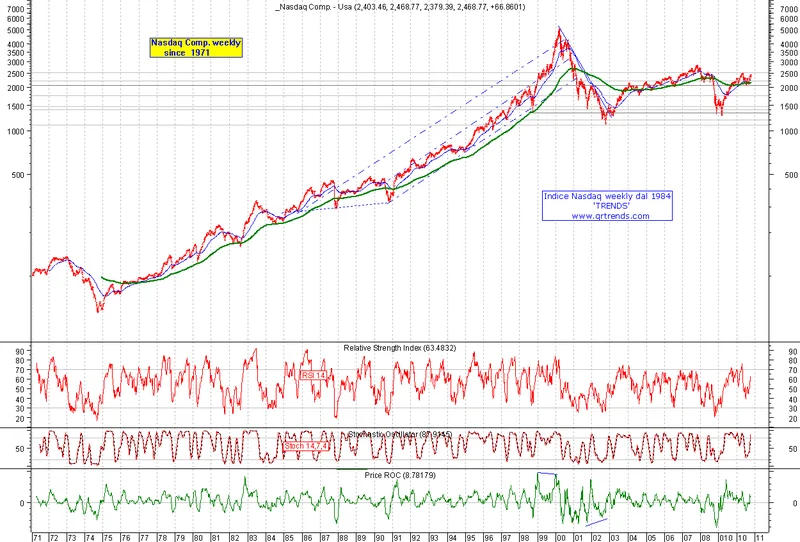Article Directory
The Anatomy of a Hope Rally: What Wall Street Isn't Telling You
Wall Street just had itself a day, didn’t it? The Nasdaq Composite, that bellwether for all things tech and growth, clocked its best session since May, surging a robust 2.3%. Not to be outdone, the Dow Jones Industrial Average added a solid 381 points—to be more exact, 0.8%—and the S&P 500 climbed 1.5%. This market activity, as reported in Stock Market News for Monday Nov. 10, 2025: Dow, S&P 500, Nasdaq Rise; Nvidia, Tesla, More Movers; Shutdown Hope, looks like a market exhaling, a collective sigh of relief. But let’s not get ahead of ourselves. As a former hedge fund analyst, I've learned that market sentiment is often a mirage, especially when the underlying data is obscured.
The catalyst? A group of eight Senate Democrats—not a full party consensus, mind you—crossed the aisle to join Republicans, voting 60-40 to advance a stopgap funding measure. This isn't a done deal. This isn't even a guarantee. It’s merely the advancement of a bill, setting the stage for a subsequent Senate vote, and then, crucially, House consideration. House lawmakers aren’t even back from recess until Wednesday. We're essentially seeing a market rally built on the anticipation of an event, not the event itself. It’s like placing a massive bet on a horse that's merely cleared the starting gate, without confirming it's even running in the right race. The initial enthusiasm saw a predictable pile-in to hard-hit Big Tech and AI plays, then broadened out as the afternoon wore on. This speculative energy, while potent, carries inherent fragility.
Navigating the Data Desert
Bespoke Investment Group co-founder Paul Hickey noted, "It may be strange to think that the market rallied in early October, when the shutdown first started, and is rallying now, when the government is poised to reopen... But investors are breathing a sigh of relief." And this is the part of the report that I find genuinely puzzling. What exactly are investors breathing a sigh of relief about? The fact that a political impasse might be resolved, even as the economic consequences of that impasse remain largely unquantified?

This is where my analyst's skepticism kicks in. The Bureau of Labor Statistics was scheduled to release critical consumer and producer price indexes this week. Those numbers are now in limbo. We’re talking about the very metrics that inform inflation expectations, consumer spending power, and corporate profitability. Without that flow of government data, how is the market accurately pricing risk? How are analysts making informed projections? We’re flying blind, relying on anecdotal evidence and corporate earnings calls that, while valuable, can’t paint the full macroeconomic picture. The longer this data blackout persists, the more potential for larger economic disruptions to accumulate, hidden from view. What hidden pressures are building beneath the surface of this "relief rally" that we can't yet see?
My analysis suggests that this current market surge is less about fundamental revaluation and more about the visceral fear of the unknown giving way to the hope of a return to normalcy. But normalcy, in a data-driven market, means transparency. It means access to the economic pulse. We don't have that right now. We have a political maneuver, a procedural vote, and a market that’s decided to celebrate before the final whistle has even been blown. I've looked at countless market reactions, and the ones built on a foundation of missing data always make me wary. The market is effectively making decisions based on half a ledger, betting on a positive outcome while the critical numbers are still locked away in a darkened government office. Will the delayed data, when it finally emerges, reveal a more challenging economic landscape than the current enthusiasm suggests?
The Illusion of Resolution
What we have is a market operating on borrowed optimism. The Senate’s move is a step, not the destination. The House still holds the key, and their vote on Wednesday will be the next critical juncture. Until then, the "relief" investors feel is predicated entirely on an anticipated outcome, not a delivered one. And the true economic cost of this shutdown, the data that could ground this rally in reality, remains elusive. This isn't a market rebound built on solid economic fundamentals; it's a market grasping at a lifeline of political expediency.
